Accelerating into a new year is always exciting.
Just over the horizon are a host of unknown releases with potentially ride-changing advances in bike and kit tech.
Brands work feverishly to keep moving forwards; forever refining, developing; finessing, all to benefit the rider.
But where do we think the industry should be heading? Are brands focusing too much attention in the wrong areas, or are their developments lacklustre?
BikeRadar’s gaggle of technical aficionados have donned their thinking caps to predict where MTB tech will go next.
From more affordable electric mountain bikes and drivetrain duels to perfected geometry and dedicated park bikes, below are the predictions we think will define the next 12 months.
Read on for Alex, Luke, Nick, Toms Marvin and Law, Rob and Will’s predictions, or listen to the full podcast below.
If drop-bar riding is also your thing, keep tuned for those predictions soon.
Alex Evans | Balancing geometry will be at the forefront of bike development
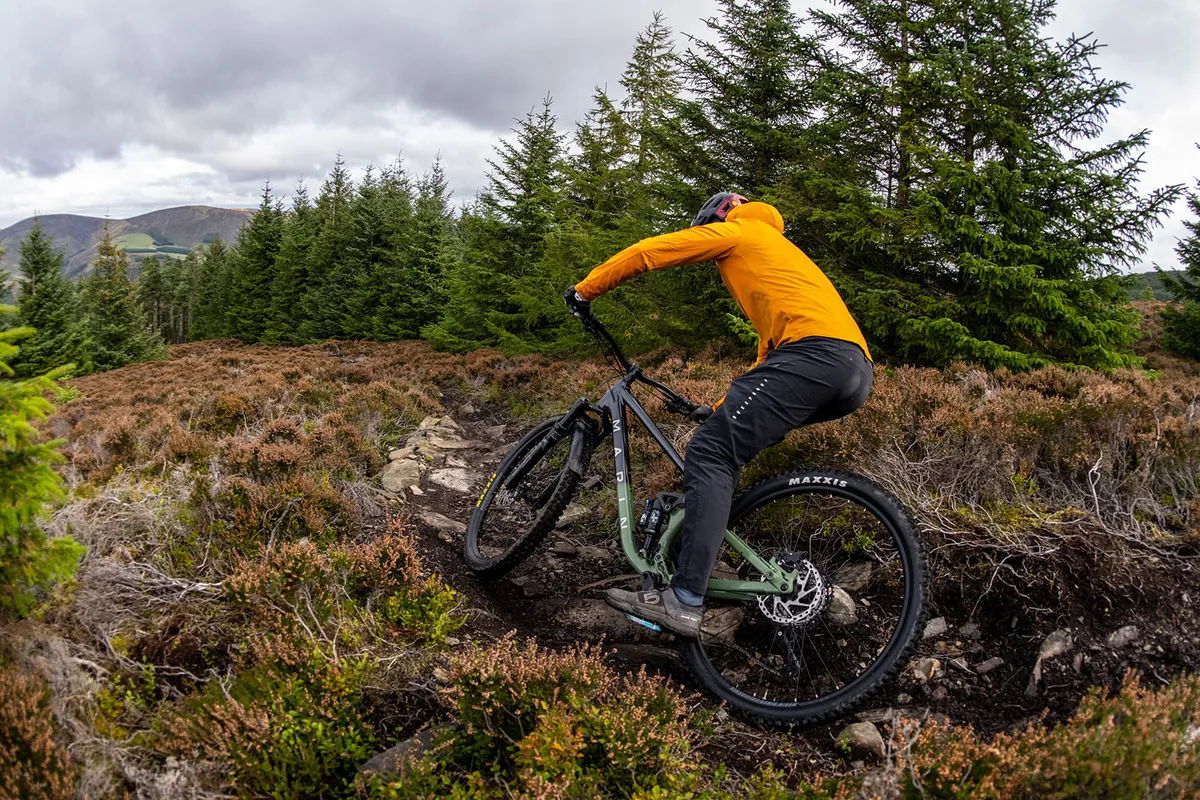
While the trend for longer, slacker and lower bikes has certainly proven the naysayers wrong – bike handling has been improved massively since it really caught on – there’s plenty of room for improvement.
The next leap in bike geometry will be addressing balance, unlocking revolutionary performance increases.
But what do I mean? As reach figures have grown considerably and head angles raked out, our bikes’ front centres (from bottom bracket to front axle) have stretched without a corresponding increase in rear centre (from bottom bracket to rear axle).
Brands have attempted to combat this with size-specific chainstay lengths, but these only vary by a few millimetres (Santa Cruz’s Bronson grows by a mere 15mm from XS to XL), and the front-to-back ratio is still massively weighted towards the front of the bike.
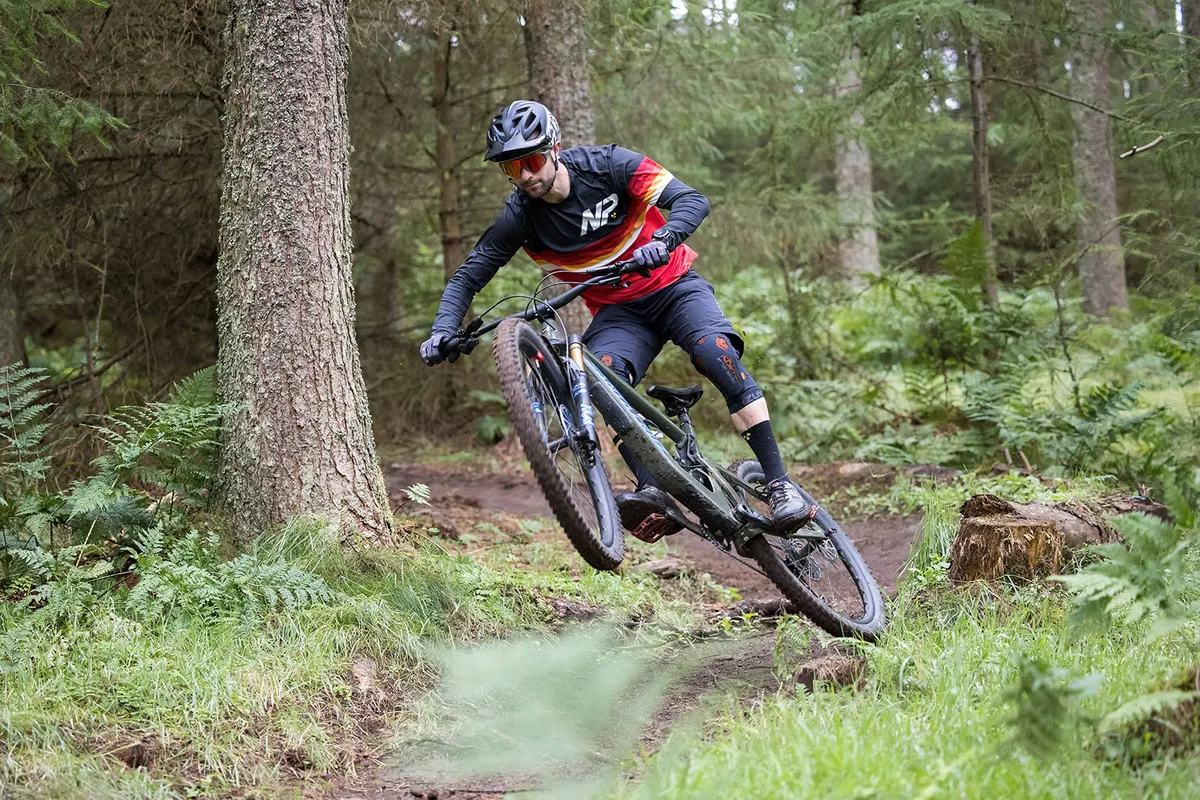
Smaller bikes usually get similarly sized chainstays as their larger counterparts, putting shorter riders at the forefront of balanced geometry – although not by intentional design.
Exaggerated on larger bikes, this one-sided growth puts a glass ceiling on performance. A rider’s ability to go faster, have more fun or be in more control is limited.
By biassing your weight towards the rear of the bike, it causes your front wheel to be under-weighted when you’re standing neutrally on the pedals.

Riders have to compensate by unnaturally adjusting their body position forwards, increasing front-wheel pressure.
But by extending bikes’ rear centres, rider weight will move further forwards, reducing how much a rider compensates.
I’m not alone in thinking this, and neither am I the first. Good friend and bike tester Paul Aston has been toying with oversized geometry for some time, settling on rear centre figures that are very close to reach numbers.
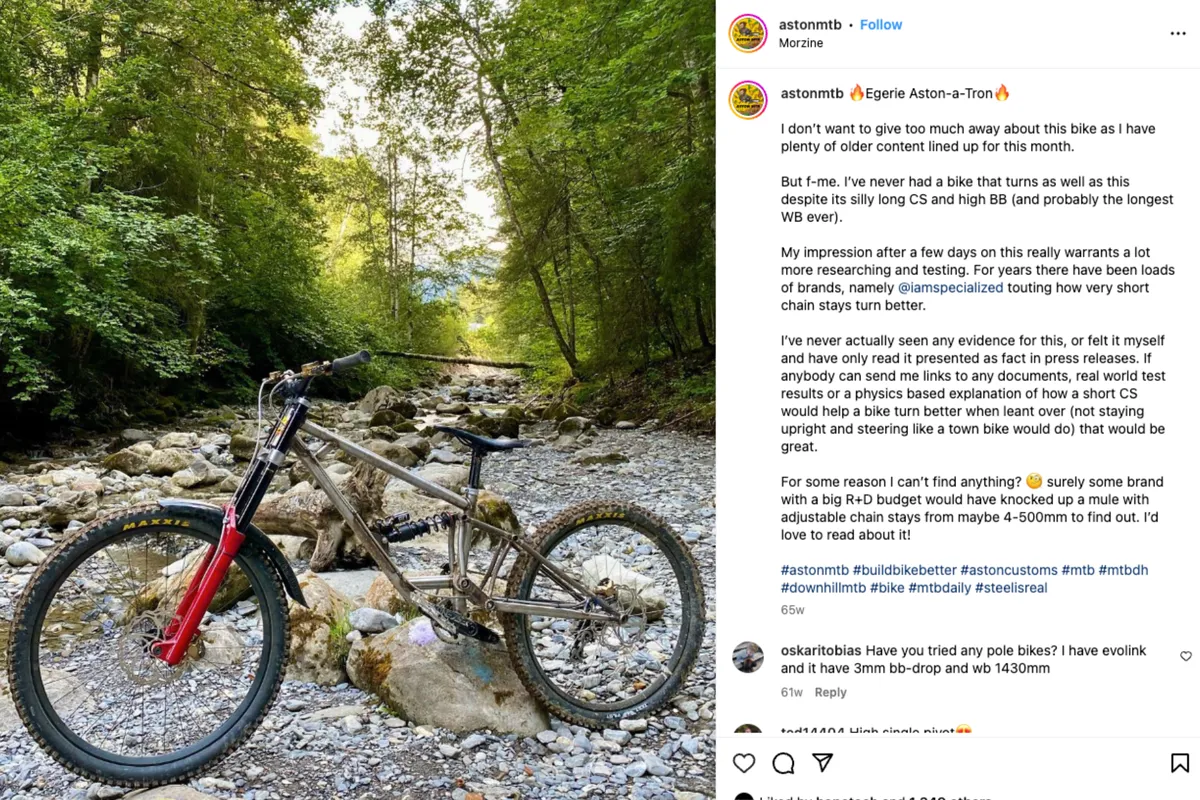
He regularly comments on how easy his super-sized bikes are to ride, maybe because he’s not compensating for imperfect geometry.
Although I’m not saying short- and snappy-handling bikes will become obsolete, there’s clearly plenty of room for improvement, investigation and development in bike geometry.
2024 will be the year of balance, as brands look to smash through that performance ceiling.
Luke Marshall | Entry-level ebikes will enable more riders to enjoy mountain biking
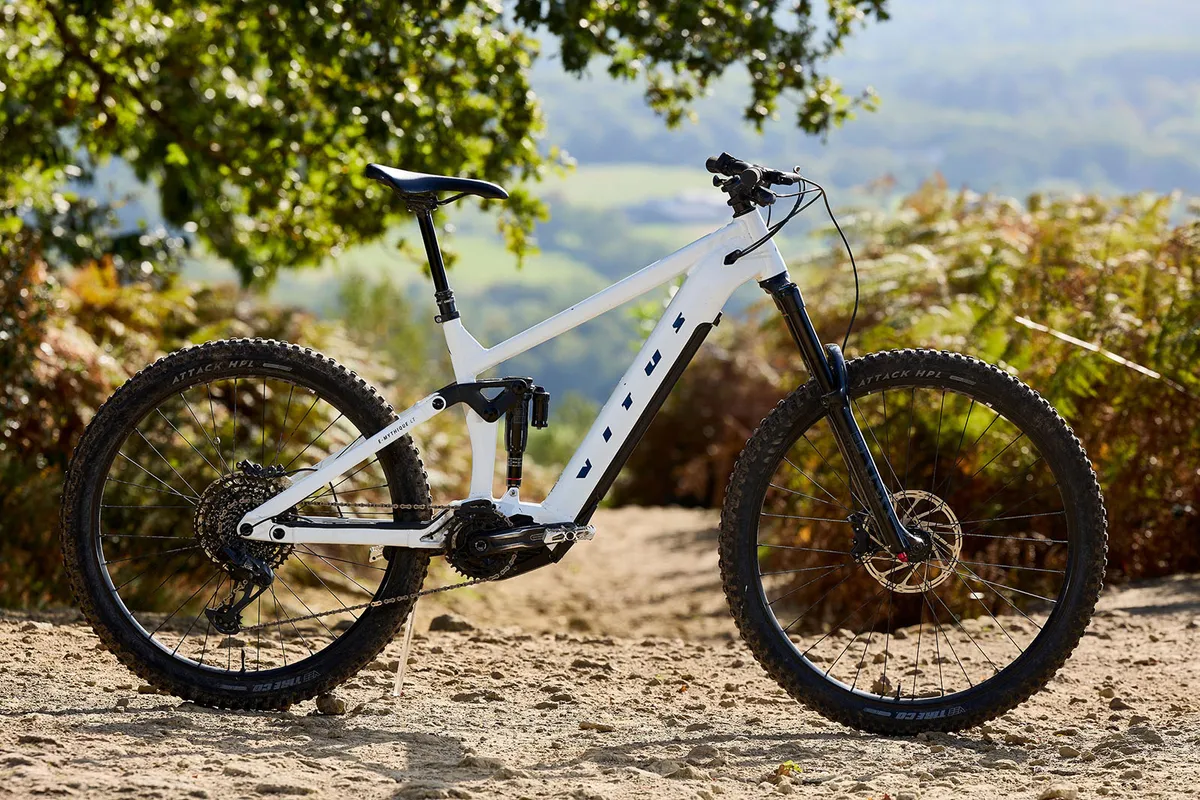
Whether you're an electric bikes enthusiast or a sceptic, one thing is certain: ebikes are here to stay and are reshaping the mountain bike landscape.
I sit on both sides of the fence. Riding an ebike is an absolute blast, no doubt about it. But riding a traditional non-assisted bike is still a riot.
The enabling capabilities of eMTBs are undeniable. They're a game-changer for those who are short on time, struggling with fitness, nursing injuries or simply seeking an extra boost.
An ebike is a fantastic tool to get riders out on the trails and experiencing the thrill of mountain biking.
The off-road ebike market is a relatively recent phenomenon. Over the past few years, manufacturers have been busy learning how to integrate hardware and software into the bikes we love to ride.
As the dust settles from the initial ebike startup frenzy and electric bike motor manufacturers refine their products, it's becoming clear the technology and know-how are trickling down to create more affordable ebikes that deserve our attention.

Take, for instance, the Stilus E-Big Mountain from Decathlon. For £4,500, you'll get Bosch's latest Performance Line CX Gen 4 motor with a substantial 750Wh battery, plush 170mm-travel Marzocchi Bomber suspension, excellent geometry and SRAM Eagle gearing. It even includes a Renthal cockpit.
Now, I won't sugar coat it – £4,500 isn't exactly pocket change. However, in the realm of capable ebikes, it represents pretty good value.
And it's not just lesser-known brands that are making ebikes easier on the wallet.
Brands such as Vitus, Marin, Polygon, Canyon and Saracen offer enticing options that will take you up and over any mountain.
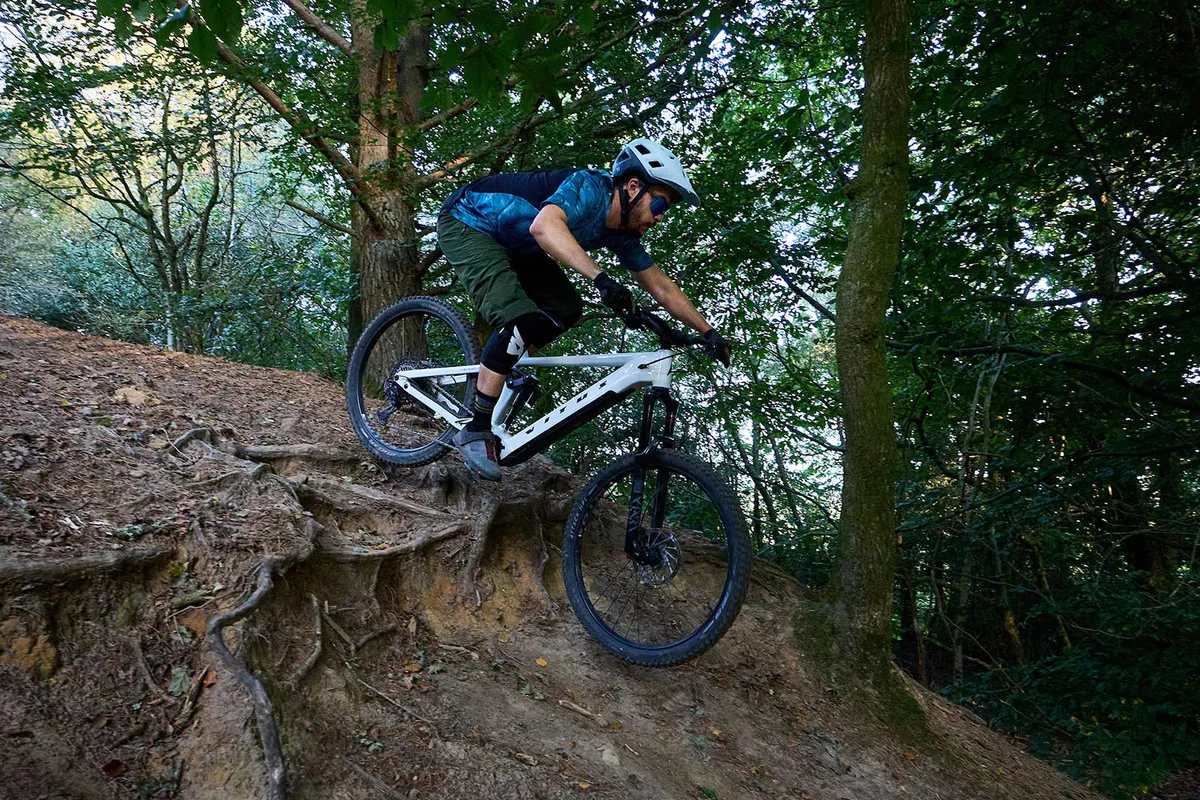
Special mention must be given to Vitus' new E-Mythique LT range. These bikes promise not just bang for your buck but a dynamite explosion of value.
Hopefully, this is just the beginning. As the ebike market evolves and the technology becomes more established, we can hope the price barrier continues to fall.
This will open the doors to even more riders, ultimately giving the entire industry a significant boost – pun very much intended.
Nick Clark | Self-dropping dropper posts will rise up

With the ability to lower your seat at the flick of a switch, dropper posts have arguably shaped the aggressive courses of modern cross-country racing and saved countless hours of quick-release fumbling out on the trails.
For a lazy boy like myself, the only slight frustration with dropper posts, besides installing them in the first place, is having to sit down to lower the saddle.
While this is an incredibly small inconvenience, especially when taking the marvel of the modern mountain bike into account, there’s no doubt it saps energy from weary legs at the end of a ride and can cut sprints short as you need to squat before a descent.
BMC was the first brand to solve this problem last year with its Autodrop-equipped Fourstroke cross-country bike, which finished the year second under Jordan Sarrou in the Men's Elite UCI XCO World Cup to a still-dominant Nino Schurter.
The bike uses a compressed air tank in the frame to move the saddle up and down, with the chamber only containing enough air for 100 actuations.
While the Swiss brand has patented this technology, I believe we’ll see dropper post manufacturers releasing similar automatic posts with an electronic workaround of the design.
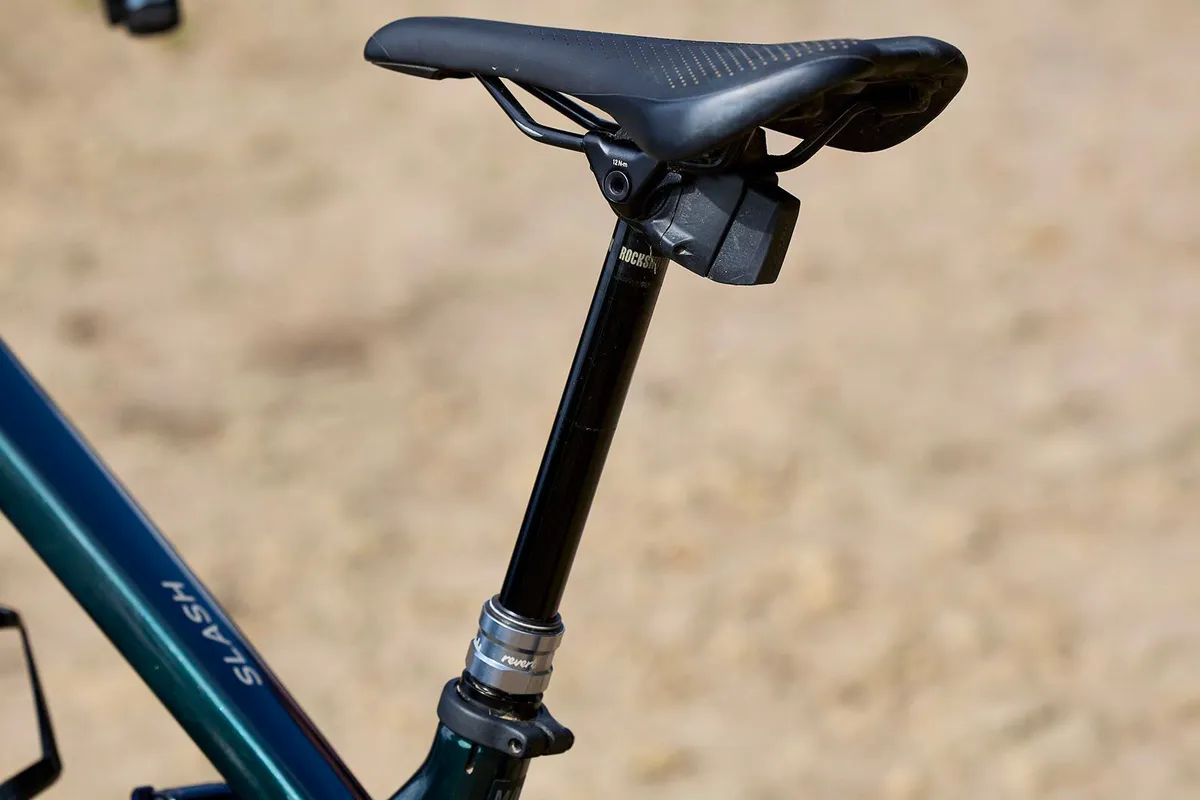
Whether this design will rely on clever pneumatics or servos built into the post is hard to say, but dropper post design is due a renaissance.
It’s nearly five years since SRAM released the Reverb AXS, which made fitting dropper posts a doddle, almost making up for the hydraulic actuation on its previous model.
So considering product cycles, I wouldn’t be surprised if the brand was among the first to release an automatic dropper post just in time for the Paris Olympics.
Tom Law | The drivetrain debate will subside, but not in the way you might expect…
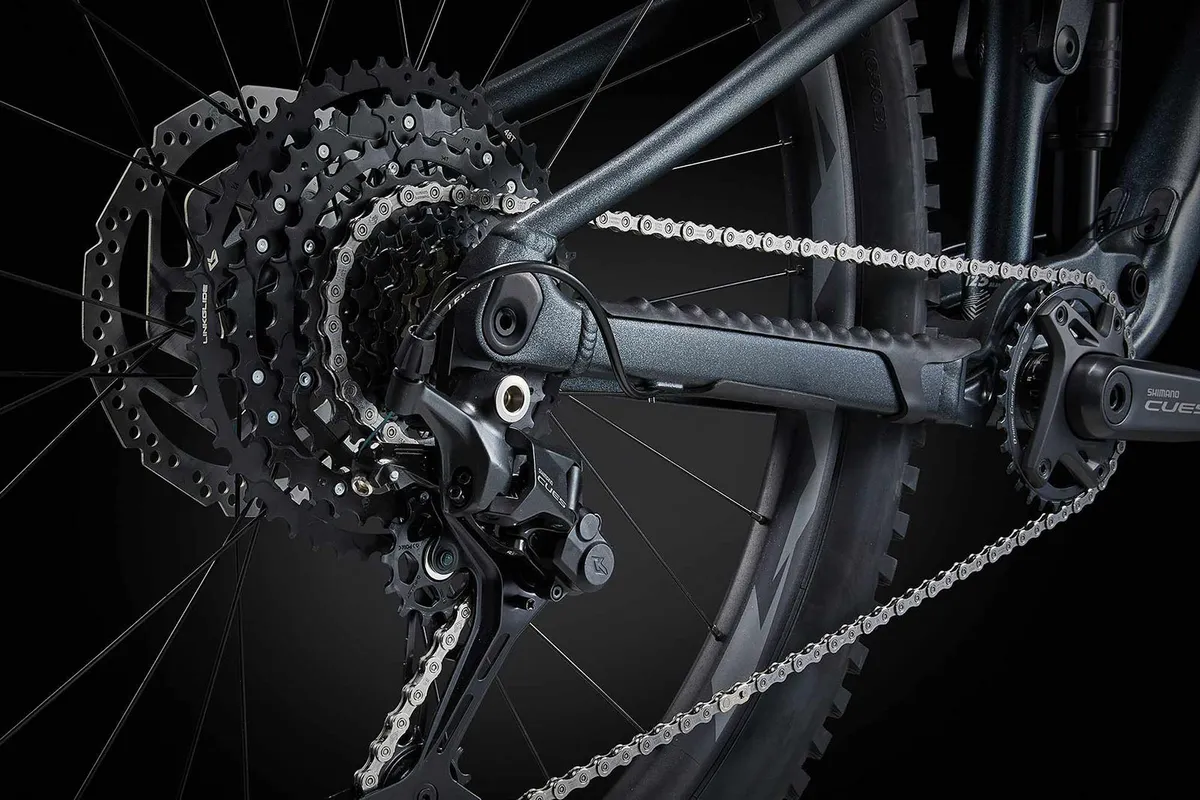
I’m going out on a limb here. Shimano won’t introduce any new high-end MTB drivetrains in 2024.
That may seem like a bold claim with 2024 bringing the Paris Olympics in the summer, traditionally a time when we see new XC tech.
Shimano has, after all, a history of letting its groupsets sit around for longer than the usual four-to-five year life cycle.
Its Saint downhill groupset hasn’t been updated since 2013 and the now discontinued Zee groupset never had a second album.
Shimano looks to be focusing on its budget CUES genre-hopping family.

As such, I wouldn’t be surprised if we see XTR through to SLX stay just as they are.
Yes, the brand has introduced its semi-wireless Di2 technology all the way down to its SLX-equivalent 105 level over on the road.
We’ve also seen it introduce a newer generation of XT Di2 for eMTBs, alongside LinkGlide last year.
But with Shimano last upgrading XTR in 2018, we’re well overdue for an update. And I just don’t think it will come.
It already has the lightest MTB groupset, which for the intended user, is a key consideration.
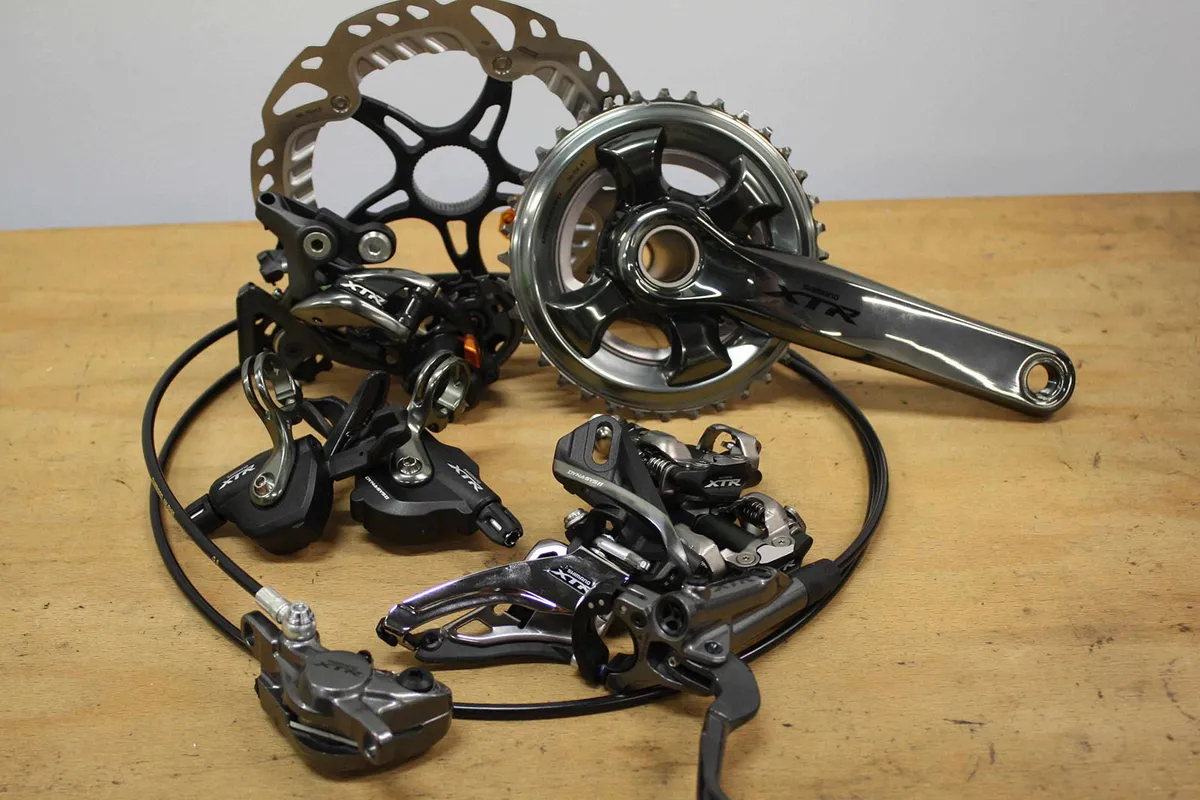
And I don’t see what introducing road-style semi-wireless Di2 would add, other than weight.
The shifting is already excellent, it’s lightweight, reliable and performs exceptionally well.
So why invest in change? Shimano has done the same with Saint already after all.
With the industry struggling with inventory levels and loss-making, in my mind it makes sense to keep calm and carry on.
It could be a case of continuing to make the cheaper CUES and eMTB-specific groups, and leaving anything else well alone.
SRAM, on the other hand, will likely look to bring its direct-mount hanger design down to ever cheaper levels.
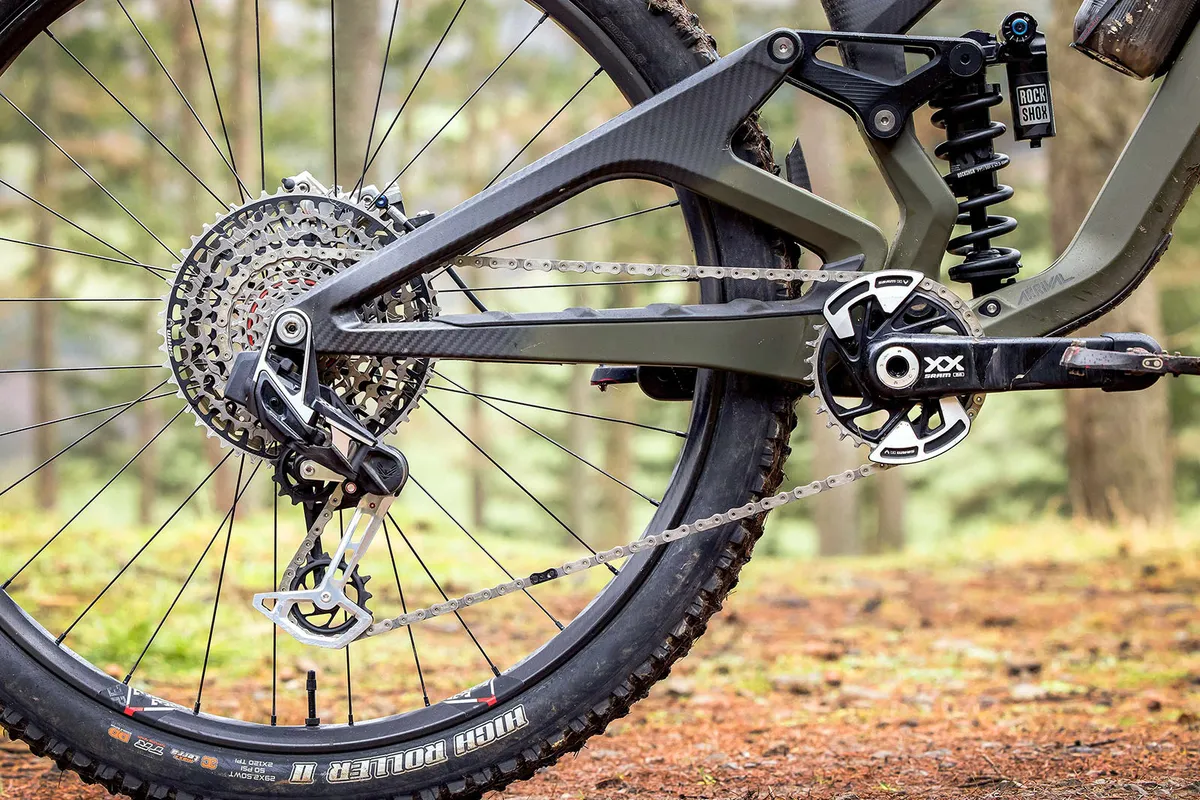
Whether that be in NX T-Type AXS form, or even a mechanical version will be the question.
It has made its bed with the design and will continue to push it through its range.
The drivetrain tussle isn't over, but both sides look as though they might be treading their own paths. And I’ll be happy to eat my words if they don’t!
Tom Marvin | Less mainstream brands will become more mainstream brands
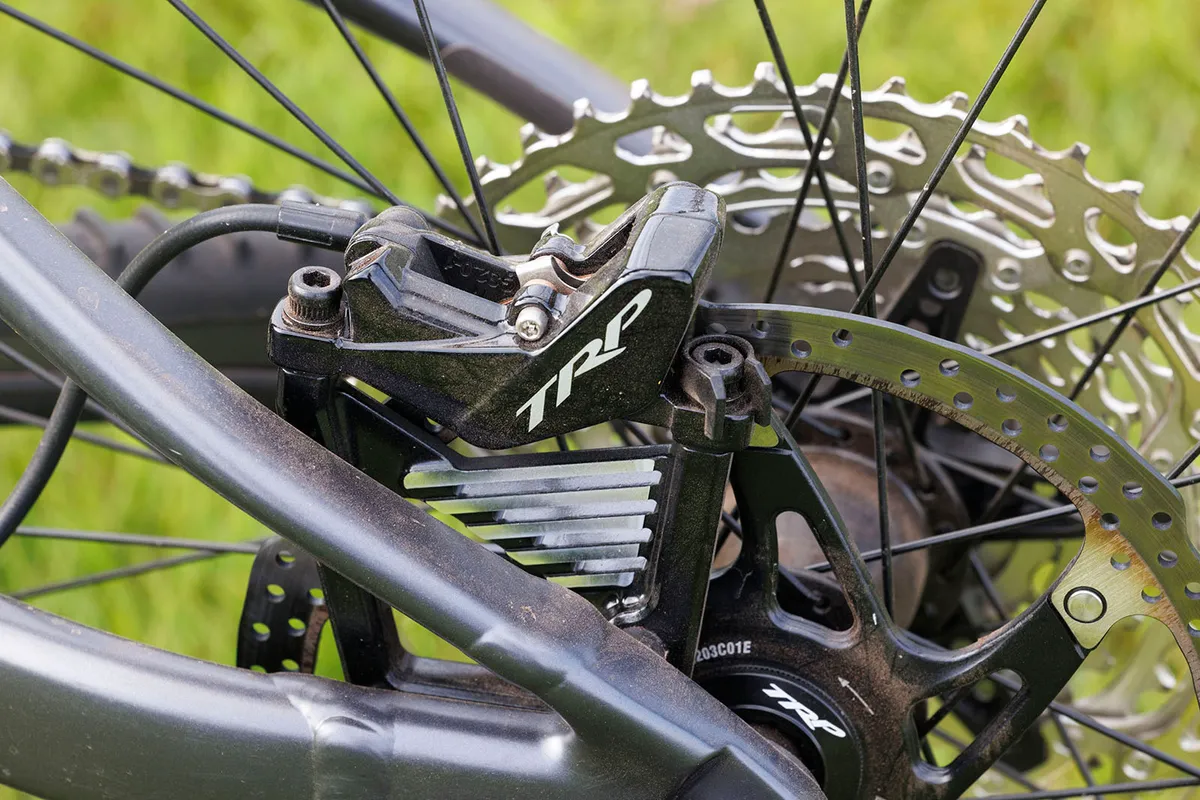
My forecast is as much prediction as it is me crossing my fingers for more imaginative spec choices being made by product managers.
Whenever a new bike is launched, we get specification lists littered with the same few brands – Shimano or SRAM, Fox or RockShox with a sprinkling of Marzocchi if we’re feeling adventurous, and Schwalbe or Maxxis.
This, in many ways, is a bonus to us ‘professional’ bike testers. It means when we review a bike, at least a few of the variables are minimised.
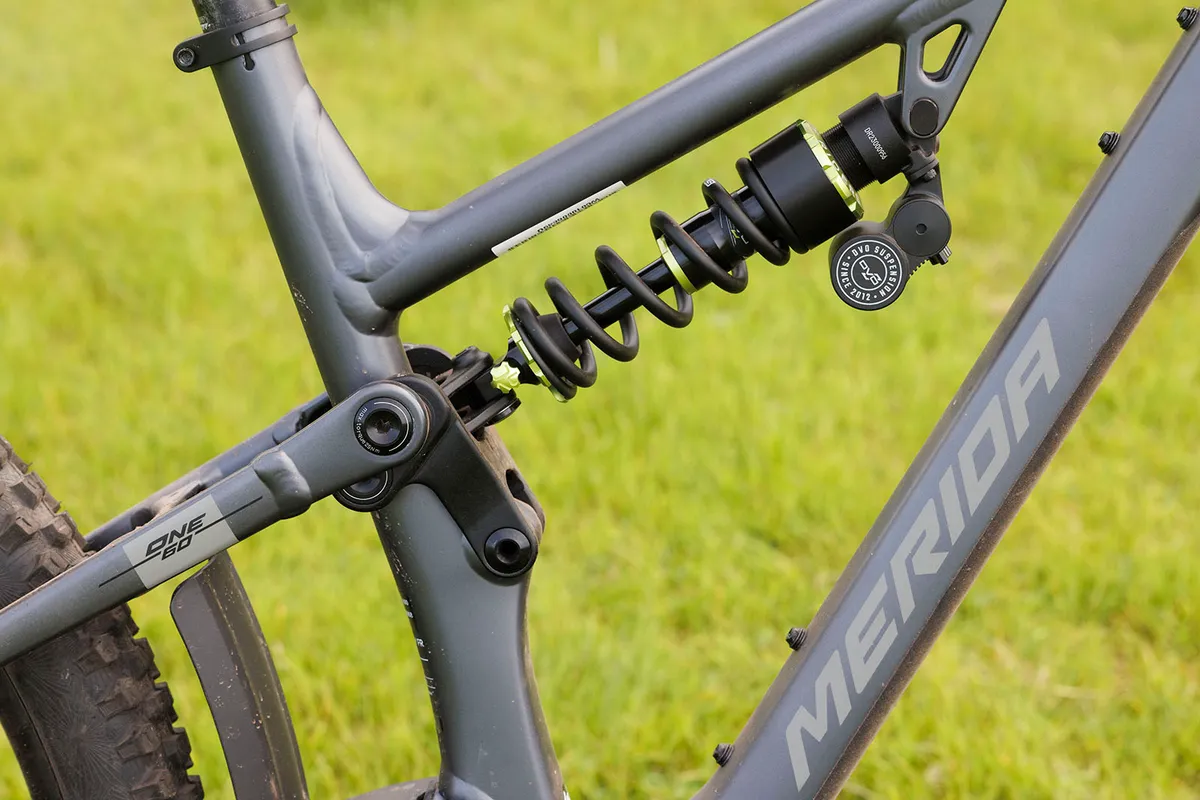
A Fox 34 with a GRIP damper feels the same regardless of which bike it's bolted into.
As such, while we’ll always consider the components’ performance, they’re often a given, and so we can concentrate more on the frame.
However, variety is the spice of life. And my hope that some spec-list diversification occurs is for two reasons.
The first is entirely selfish.
I enjoy riding new bits of kit. If I’m not in charge of this year’s suspension fork test, it’s unlikely I’ll get to ride the latest forks from SR Suntour, Manitou or Cane Creek, and I’d actually rather like to.
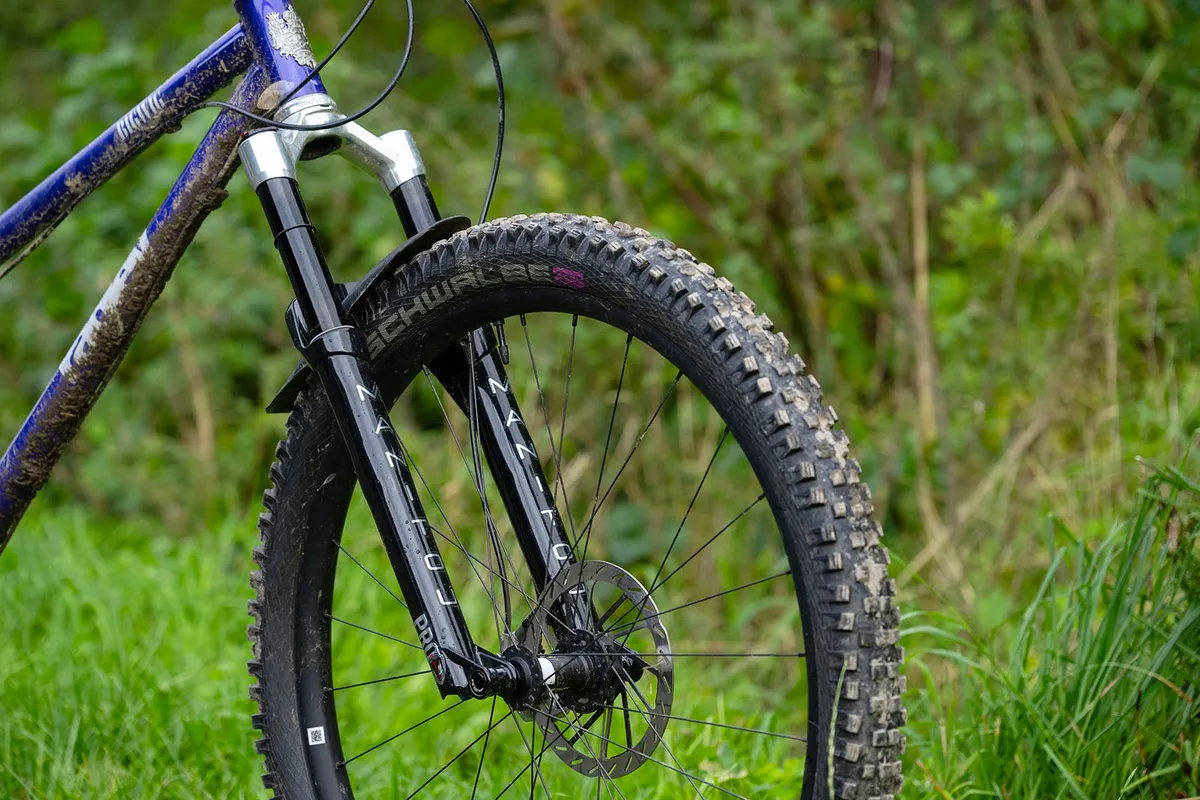
Testing different bits of kit enables me to grow my base knowledge of products, makes me more informed, and means it’s easier to pick holes, or find performance highlights, when I jump on other components.
Comparisons are key to delving deep into performance.
Secondly, I think the market would benefit from breaking the current componentry duopoly.
Sure, there are smaller brands out there fitting suspension from Cane Creek and Formula, but it needs the big companies – Trek, Specialized, etc – to do so too.

This will give more choice to the consumer, help smaller brands build better products, and potentially lower prices by boosting competition.
I can see why purchasing a bike with a Shimano, Fox and Maxxis is an easy choice – they all make fantastic products.
However, I’d urge you to be brave (having read our expert reviews first, of course) and reward those brands who diverge from the well-trodden component paths. Hopefully, in 2024, we’ll see more of you, and them, doing so.
Robin Weaver | Paring back bike ranges could help brands survive these turbulent times

A good mate of mine, who works within the bike industry, told me that “survive ‘til ‘25” is the current company mantra.
It’s no massive surprise. The whole industry is currently trying to navigate some seriously stormy waters following the huge dip we’ve seen since the pandemic boom bubble popped.
That means getting through the next 12 months isn’t going to be easy.
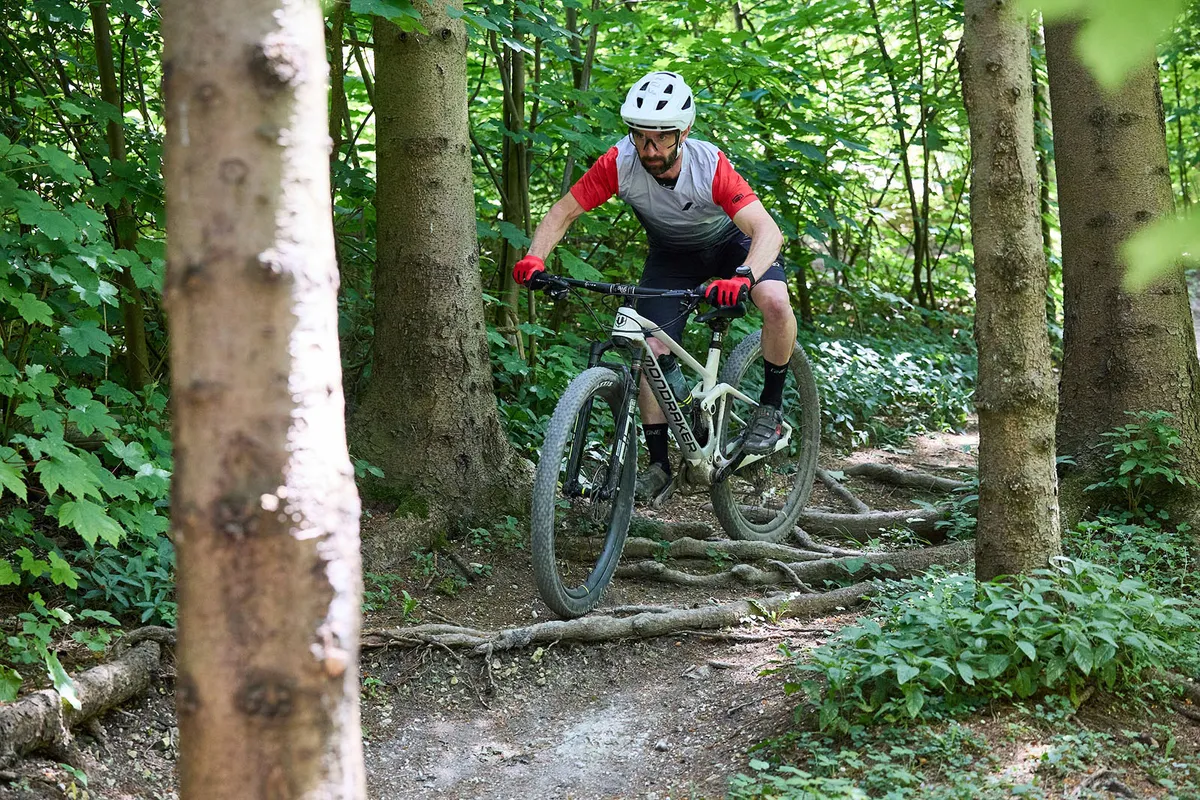
And it’s for this reason that there’s a chance we’ll start to see brands offering a more limited range of bikes over the coming year or so. Maybe…
When it comes to the bigger brands, it’s not uncommon to see a single model being offered in multiple builds.
While the frame may stay the same, the brand may offer four, six or maybe even eight different parts packages.
All those different build options cost the brands a lot of cash and while it’s nice to give the customer a serious amount of choice, it doesn’t always make business sense to do so.
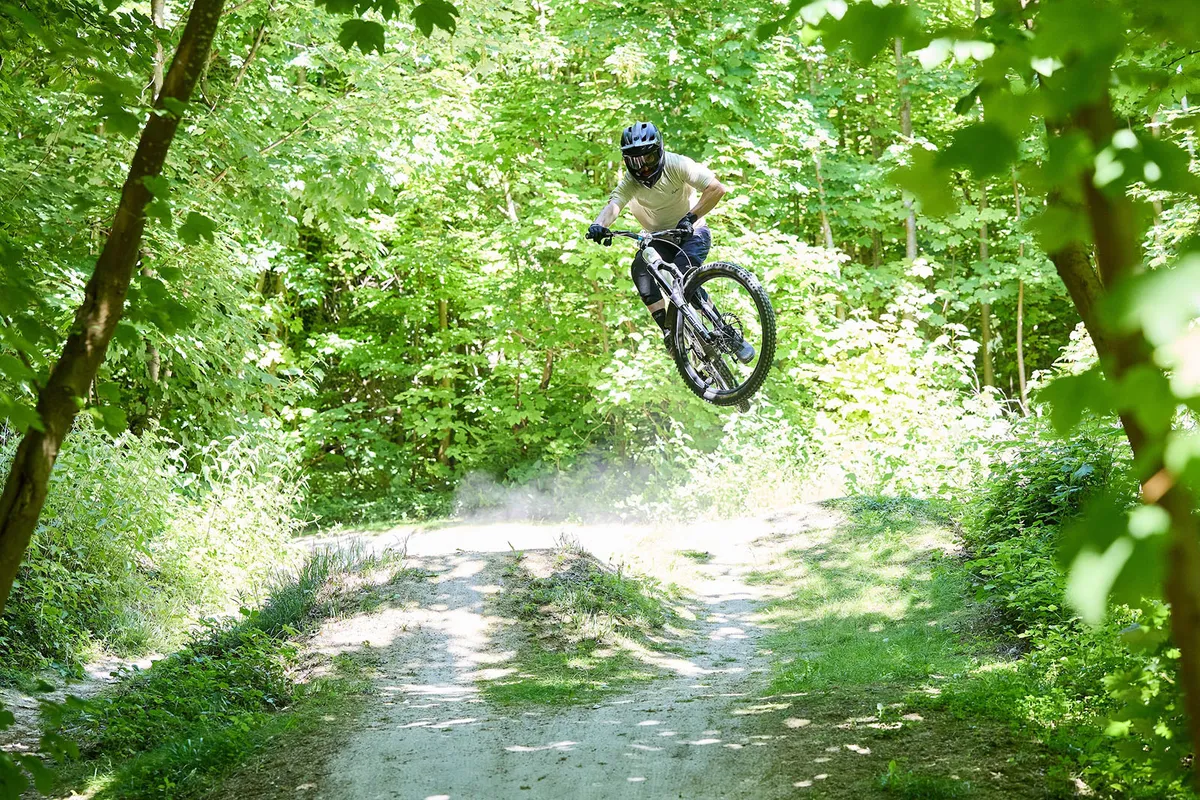
Now, don’t get me wrong here, I don’t think we’re going to be seeing key models wiped from product catalogues in the blink of an eye.
But I can see how paring things back and bit and offering fewer build options could help those brands save a bit of cash.
This is, of course, speculation and may never come to fruition. The industry is in somewhat of a predicament, though, so I’m sure we will see things change over the coming months.
Although things are tough right now, I’m still very optimistic for the future. We all just need to get through this lull and wait for things to pick back up again.
Will Soffe | Dedicated park bikes will become a common sight (but you might have to wait until summer)
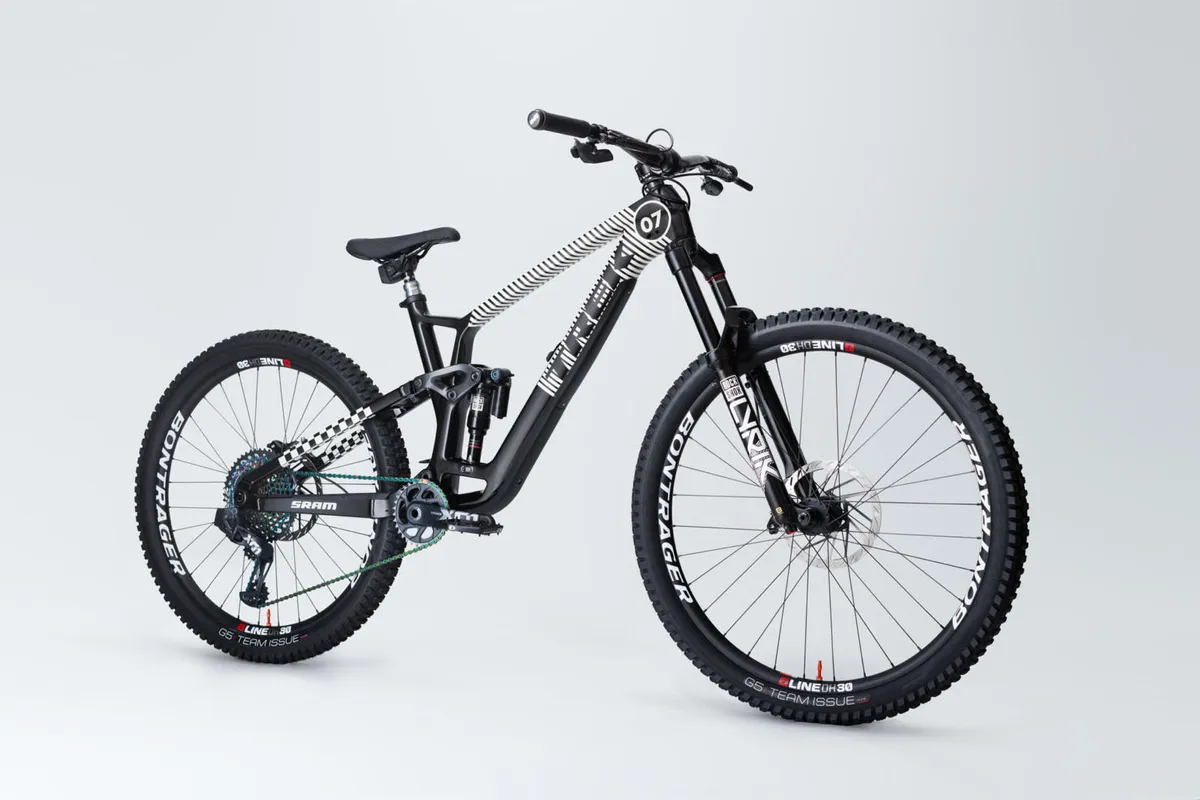
The riders have cut-off jeans and a T-shirt à la Shaun Palmer in the noughties.
The bikes are singlespeed, with bare-metal frames, sharpied-out parts and high-rise bars.
This is a fringe movement, but I believe an important one.
In a world of high-tech and rapidly ballooning prices, park riders buck the trend of flashy new kit, bum bags, and strapping inner tubes and bananas to every available frame tube.
This anti-establishment rebellion isn’t interested in Strava or Trailforks, but wants to get as steezy as possible on jumps and post a reel or short to prove it.
Park riders bring mountain biking back to the core of two-wheeled fun, just like Joe Breeze and the klunker riders of California in the 1970s; they just want to push themselves and their abilities, pursuing a zen-like state attained through freedom of expression.
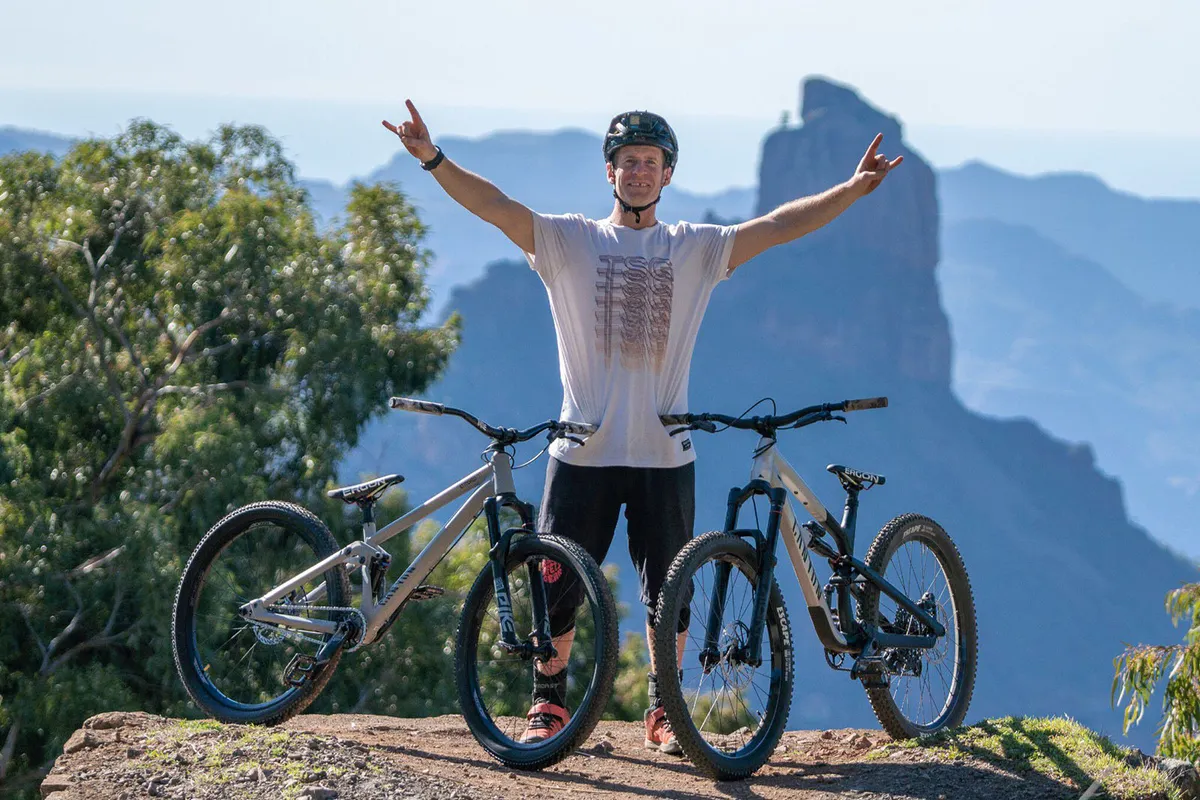
They’re artists where a mountain bike is the brush and the trails are the canvas.
Could these park punks affect mountain bike fashion though? Well, slope-duro builds from riders such as Sam Pilgrim and Kade Edwards, and artisan singlespeed conversions for €300 available, there could well be a plethora of minimalist, bike-park orientated builds appearing soon at a riding spot near you.
Perhaps not until summer though. Park bikes are in hibernation right now though while their owners lovingly dig the jumps or overwinter in the skate park.






